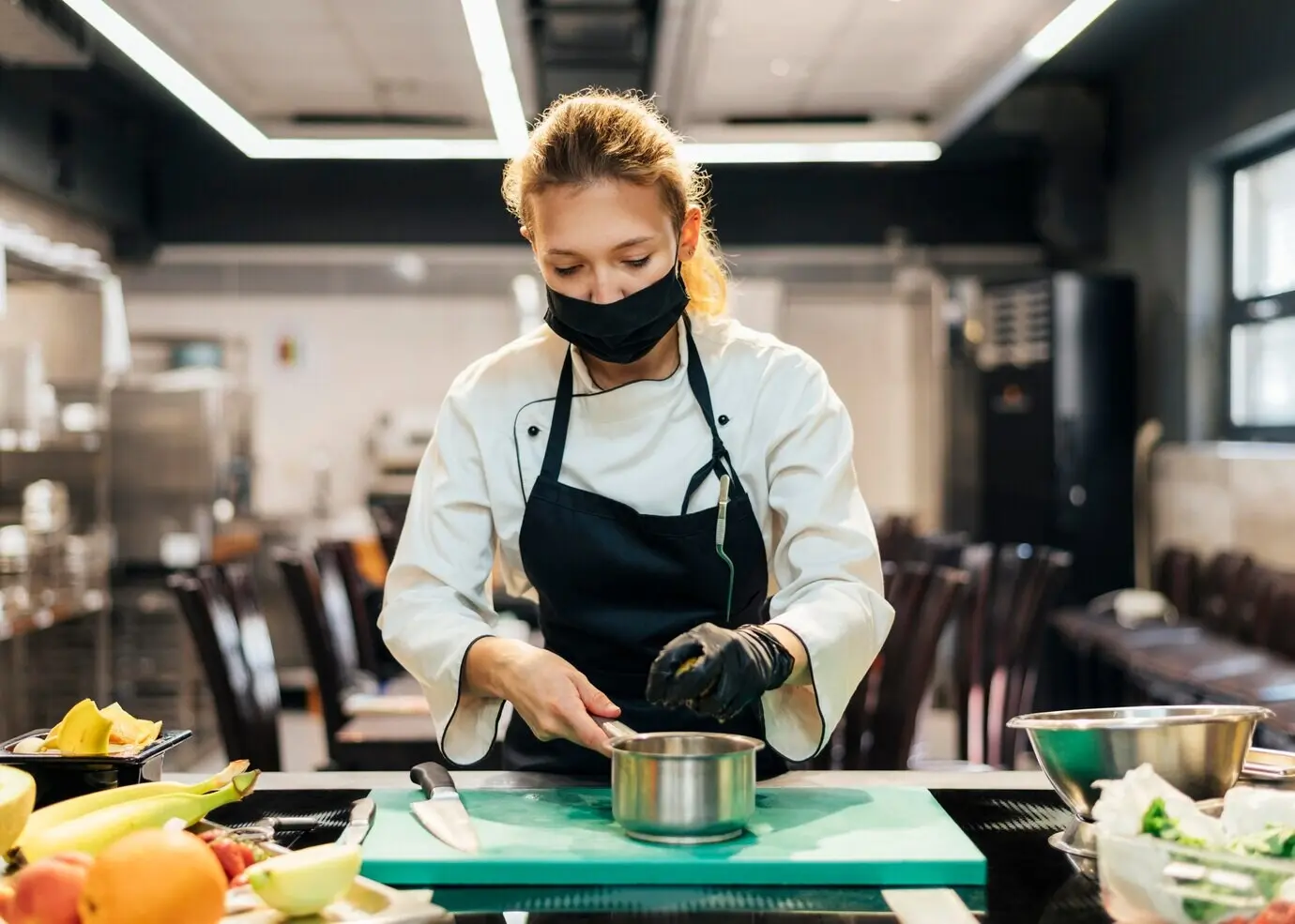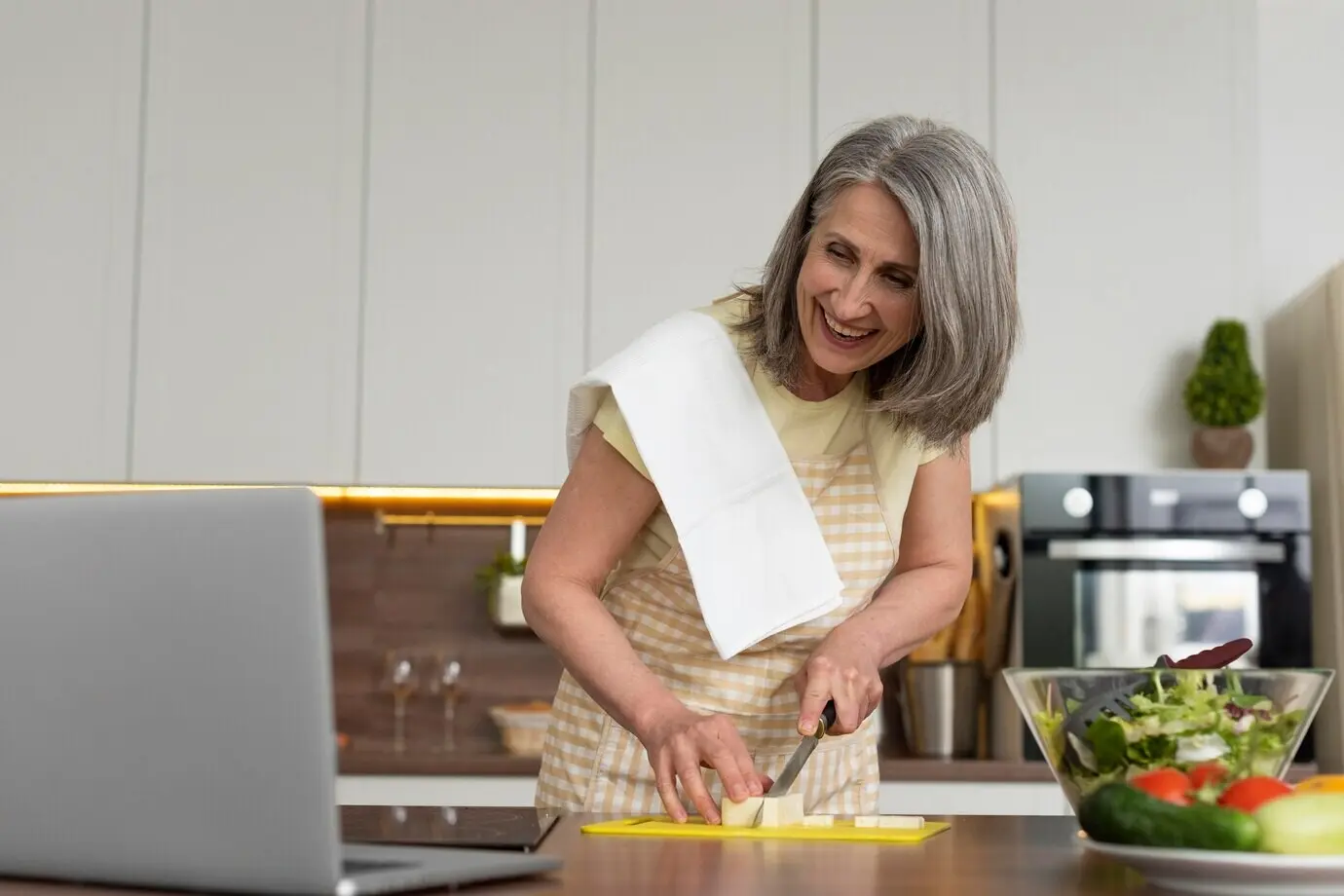Safe Sizzle, Happy Gatherings
Set the Space for Calm Flames

Light It Right, Fuel It Smart
Tame Heat, Master Flare‑Ups
Control with Vents and Lids
Think of vents as a throttle: open for more heat, close to reduce combustion. Lids tame oxygen spikes and stabilize temperatures, especially in wind. When a flare appears, move food to the cooler zone, close the lid to starve flames, and wait a brief moment. Resist constant poking that fans embers. A steady rhythm—sear, move, rest—keeps you in charge and ensures juicy results without burnt edges.
Grease Guidance
Trim large fat caps, use drip pans under chickens or ribs, and clear old grease from trays before you start. Keep a box of baking soda nearby to smother stubborn grease flames, and never throw water, which splashes burning oil and spreads danger. If fire grows, shut vents, cover with the lid, and stand back. Calm, practiced moves matter most when smoke thickens and guests watch anxiously from the patio.
Safe Skewer and Kebab Tactics
Crowded kebabs drip onto coals and encourage flare‑ups. Leave small gaps between pieces for even heat and quicker cooking, and use a cooler zone to finish without scorching marinades. Soak wooden skewers, or better, choose flat metal that resists spinning. Turn confidently with long tongs, not short forks that pierce and leak juices. These small adjustments deliver char‑kissed edges and a quiet, controlled fire.
Keep Hands Clean, Boards Separate
Marinade Wisdom
Color‑Coded Gear
Cooler Packing Strategy
Trust the Thermometer, Not Guesswork
Serve Smart, Share Safely
